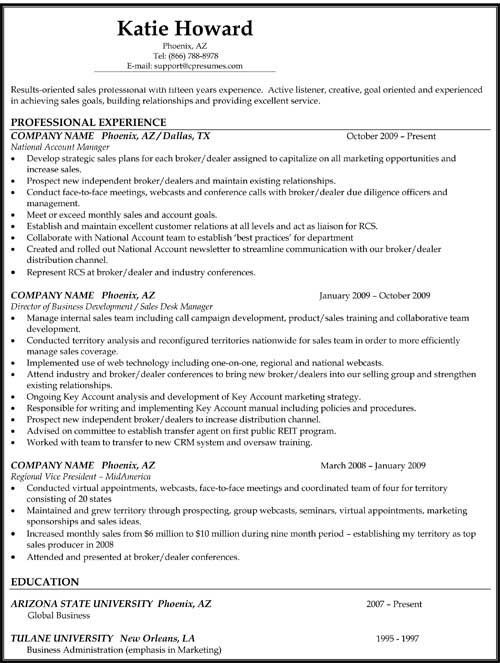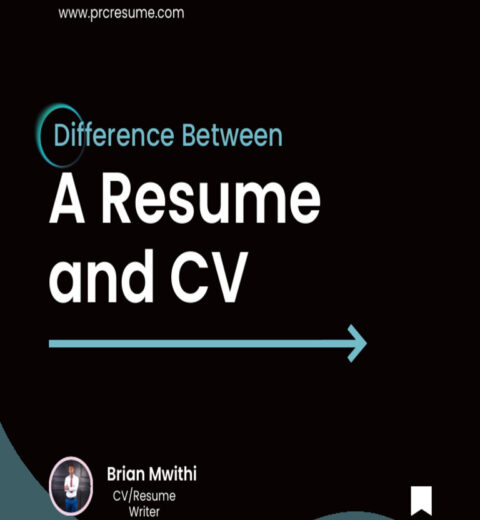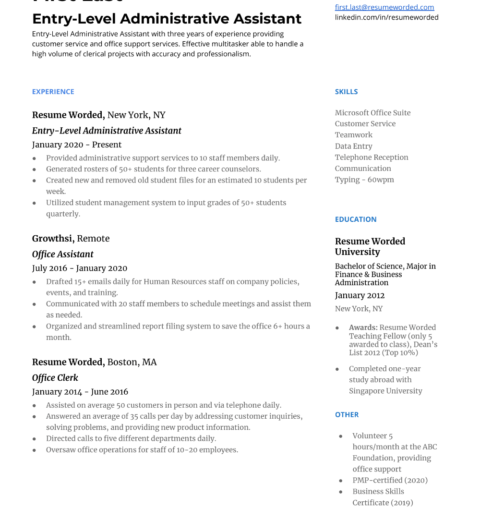When crafting a resume, one of the most salient components that job seekers grapple with is the number of years of experience to include. While it may seem straightforward, the specificity and relevance of the experience listed can significantly influence hiring decisions. Effectively managing this aspect of a resume is not merely a matter of quantity; rather, it is about optimizing the quality and pertinence of the experience relative to the job being sought. This article will navigate the complexities of experience duration on a resume, offering insights tailored to different career levels.
To begin, it is essential to establish a general guideline regarding the years of experience that should be displayed. Typically, the advisable range is between five to ten years for mid-level positions, while senior roles often necessitate a demonstrable track record of over ten years. However, including years of experience can vary widely based on the industry, job function, and specific organizational expectations.
Entry-Level Positions
For recent graduates and those entering the workforce, the quantity of experience may not be extensive. In this case, it’s prudent to focus on relevant internships, volunteer work, and academic projects. Even if the formal job experience is limited, the skills and competencies acquired through these avenues can underscore a candidate’s readiness for professional challenges. Employers in entry-level roles often seek potential and adaptability, rather than a wealth of experience. Highlight transferable skills, such as communication, teamwork, and problem-solving abilities, to present a robust candidacy despite a shorter experience timeline.
Mid-Level Positions
As candidates advance into mid-level careers, ideally encompassing anywhere from five to fifteen years of experience, the dynamics of the resume begin to shift. At this juncture, it becomes essential to strike a balance between breadth and depth of experience. Mid-level professionals should prioritize achievements and specific contributions that demonstrate career progression, rather than merely listing job duties. The focus should be on quantifiable outcomes, such as increased sales percentages, project completions ahead of deadlines, or successful team leadership, to establish credibility and competitive advantage.
The question arises: should one include all fifteen years of experience? The answer is nuanced. In general, it is advisable to include only the most relevant positions and experiences—inclusive of the last ten to fifteen years. Older roles can be summarized succinctly with attention given to titles, companies, and dates, while being less detailed, to keep the resume focused and impactful.
Senior-Level Positions
For senior or executive-level roles, the expectations for experience are heightened. Typically, candidates should exhibit a minimum of ten years of relevant experience, often escalating to twenty years for particularly competitive roles. Resumes at this level should emphasize leadership experience, strategic accomplishments, and significant contributions that have shaped the trajectory of previous organizations. Highlighting roles such as director, vice president, or executive leader showcases not only extensive experience but also the transformative impact that a candidate has had on prior organizations.
When constructing a resume for senior positions, it is essential to tailor the content diligently to reflect industry-specific terminology and skills that resonate with human resource professionals and hiring managers. The inclusion of metrics, such as revenue growth percentages or efficiency improvements, can further distinguish a resume in a crowded field of applicants.
Industry Variability
The importance of tailoring the amount of experience listed varies significantly across industries. For instance, in rapidly evolving sectors such as technology, employers may prioritize recent achievements and ongoing education over extensiveness of experience. Including certifications or professional development courses can be paramount in demonstrating both competency and a commitment to remaining abreast of industry trends.
Alternatively, in traditional sectors such as finance or healthcare, demonstrated stability and extensive relevant experience are often prized. Candidates may find that including comprehensive details of their employment history is imperative, illustrating a deep understanding of the field and its challenges.
Position-Specific Considerations
Some jobs inherently require a specific amount of experience—defined as a non-negotiable job requirement—whereas others may allow for a broader interpretation. Job descriptions often contain explicit language stipulating experience requirements, yet they may also hint at the desired qualities sought in a candidate. Thorough analysis of job postings can reveal whether to emphasize years of experience or alternative qualifications, such as unique skills or educational backgrounds.
Moreover, candidates should remain attentive to applicant tracking systems (ATS) used by many organizations to filter resumes. Aligning experience with the language used in the job description can enhance the likelihood of passing through initial filtering processes.
Conclusion
Ultimately, the question of how many years of experience to include on a resume does not yield a one-size-fits-all answer. Candidates must evaluate their individual career trajectories, industry standards, and the specifics of the roles they seek. The emphasis should always be placed on relevance and the capacity to demonstrate value through experience. A well-curated resume captures not merely longevity in the workforce but the adaptability, insights, and skills that contribute to success in the desired position.




